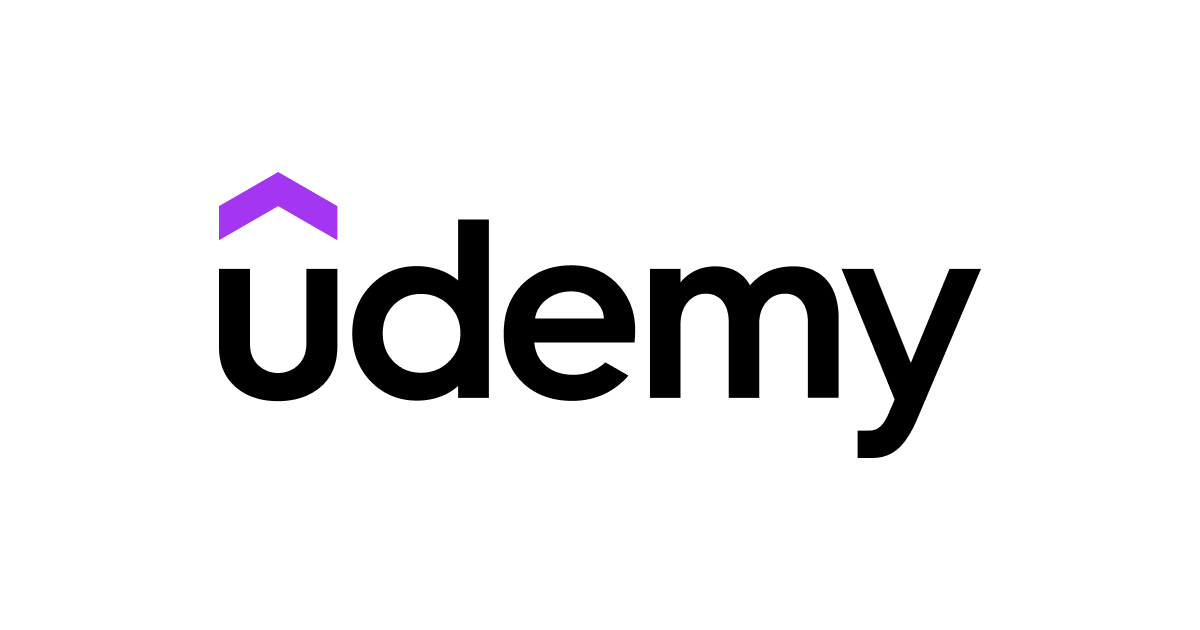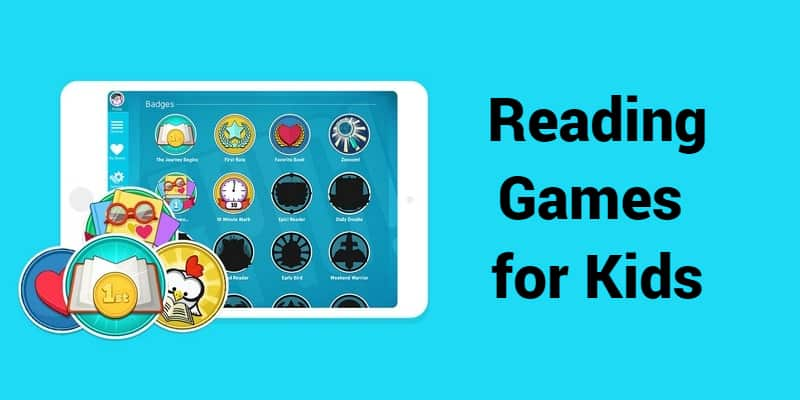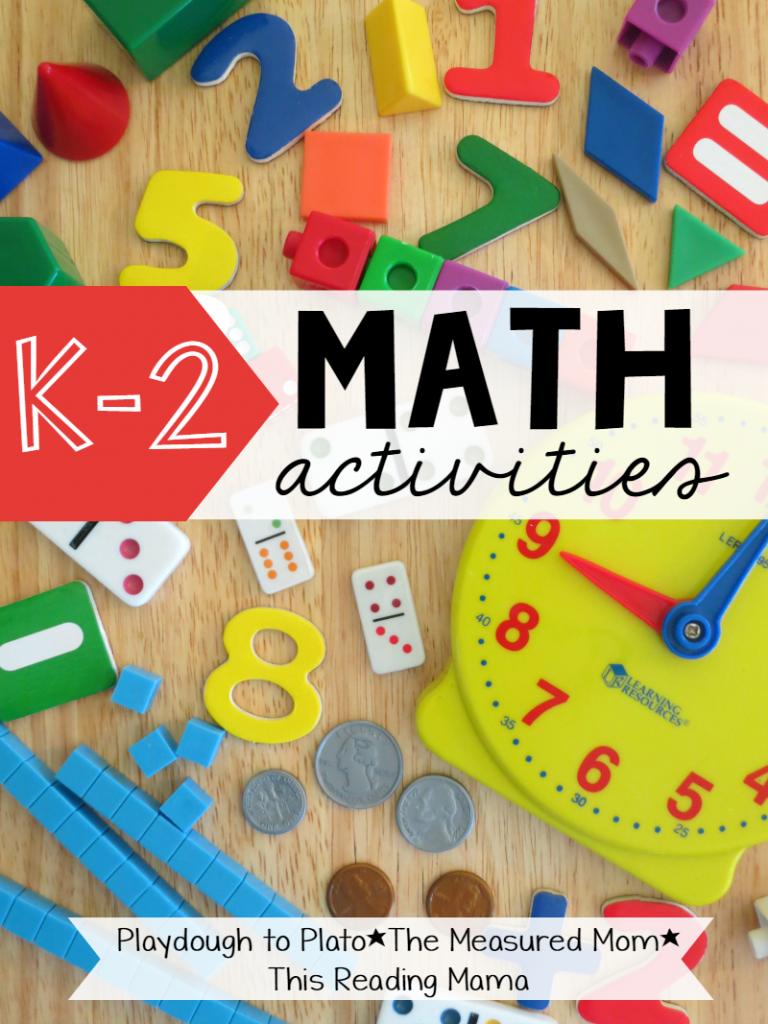
To teach a child to read, teachers must be aware of more than just phonics. To be able to read and write, children must understand the meaning of printed words. This begins with an understanding of vocabulary and background information. It then requires children recognize most words by sight and be able read related text fluently.
Developing phonological awareness
Phonemic awareness is an important skill to develop when learning to read. This skill allows students to manipulate, delete, and blend sounds within a word. This skill can be developed by using manipulatives (such as objects) to hear and reproduce sounds. Once a student has learned to recognize and hear these sounds they will be able move on to words using digraphs and long vowels.
A good reader is one who can process phonological information. Through research-based teaching methods, it is possible to teach phonological knowledge.
Oral language
To read aloud is one of best ways to teach children to read. Reading to children helps them not only to learn how they read, but also help them improve their vocabulary. These skills can be reinforced by reading aloud to your child every single day. Rhymes and songs are also good ways to teach your child the language.

Studies have shown that repeated exposure to rich language environments leads to better communication, reading, and writing skills. Parents need to start teaching their children the basics of oral language. This includes reading to, talking to, and encouraging their interaction with other adults. In the third installment of this series, we will explore the benefits of reading to children, and we'll cover strategies for boosting children's oral language skills.
Whole-word approach
It is controversial to teach reading using a whole word approach. It draws heavily on the theories of behaviorist learning and constructivism. Both approaches share the same methods but have different purposes. B.F. Skinner of Harvard is the psychologist behind behaviorist learning theory. Lev Vygotsky of Russia is the psychologist behind constructivism.
The whole word approach to reading teaches children many ways to recognize words that they don't know. The whole word approach starts by breaking down a word into its components. Students then examine the pronunciation of each word as well as its position in a sentence.
The context of Phonics
Learning to read is a part of phonics. According to the National Academy of Education's Becoming a Nation of Readers report, children who have learned phonics are more likely to recognize words. It highlights useful strategies for teaching phonics to children, such as blending sounds and teaching them separately to help them identify words. The report states that children learn phonics best when they are able to practice the skills in real sentences.
EYFS Phonics is an essential part of the curriculum. Early years professionals must prepare children for Key Stage 1. It encourages children linking the sounds and letters of words. You will learn how to decode words, read aloud, and create words that match the spoken sounds.

Reading Eggs
One of the best ways to teach your child to read is by using an online program like Reading Eggs. The program is built around five pillars that teach reading and allows students to improve their skills step by step. It is fun and engaging because it uses a game-like approach to learning. It is suitable for children aged seven to thirteen. You can test it for free to determine if it's right for you.
Reading is a complicated process. However, a good program may help your child to improve their reading skills quickly. Reading Eggs also offers an arcade, which includes games in mobile format that encourage children to interact with books. There is also an interactive area for kids to learn math facts. You can also customize and decorate your avatar and take a quiz to see how much you know about a subject.
FAQ
How do you apply to college?
There are many options available for how to apply to college. Contact your high school guidance counselor to get started. Many high schools offer online applications. You can also get in touch with local colleges. Many colleges accept applications via the Internet.
You can apply by mail, but you will need to complete the application and write a personal essay. Also, send copies of any required documents. The personal statement gives you an opportunity to share why you want to attend this particular institution and how it would benefit you. This personal statement also helps admissions officers understand your goals and motivations.
Download sample essays from our website.
What is the difference between college or school?
Schools are usually organized into classes (or grades) with a teacher who teaches a group of students. Colleges offer more specialized programs, and many include university-level classes. The majority of schools focus on core subjects, while colleges offer more specialized programs. Both levels of education are designed to prepare students for higher-level study.
Do you need to go to college to become an early childhood educator?
It is not possible, however, to better prepare yourself for your future career in this field, it might be worth looking into college.
It is crucial to realize that teaching is not an easy job. Every year, many people are rejected. Many people also drop out after just one semester.
On top of all this, you still have to meet strict qualifications to become a teacher.
Statistics
- They are also 25% more likely to graduate from high school and have higher math and reading scores, with fewer behavioral problems,” according to research at the University of Tennessee. (habitatbroward.org)
- “Children of homeowners are 116% more likely to graduate from college than children of renters of the same age, race, and income. (habitatbroward.org)
- And, within ten years of graduation, 44.1 percent of 1993 humanities graduates had written to public officials, compared to 30.1 percent of STEM majors. (bostonreview.net)
- They are more likely to graduate high school (25%) and finish college (116%). (habitatbroward.org)
- Among STEM majors, that number is 83.5 percent. (bostonreview.net)
External Links
How To
What can I do to become a teacher in my area?
Teachers are available in public elementary schools and private elementary schools.
A bachelor's degree is required to become a teacher.
-
A university or college that is four-years in length
-
A program for associate's degrees
-
Two-year community college programs
-
These three types of programs can be combined
State requirements are required to qualify for teaching certification. These include passing standardized test and having a probationary period.
Many states require applicants to pass the Praxis II test. This test measures the candidate’s knowledge in reading, writing mathematics, and language arts.
Many states also require that applicants obtain a specialized licensure before being certified as teachers.
These licenses will be issued by the boards of education in each state.
Some states grant licenses with no additional testing. These cases require that the applicant contact the state board of education to confirm if the license is granted.
Some states won't issue licenses to applicants without a masters degree.
Other states allow individuals to apply directly to the state board of education for licensure.
There are many licenses available. They vary in cost, length, and requirements.
One example is that some states only require high school diplomas, while others require bachelor's degrees.
Some states require training on specific topics, such literacy or child development.
Some states require candidates to have a master's degree in order to become licensed.
Many states ask teachers who are applying for certification about their employment history.
If you worked in another profession, you might want to mention it on your application.
However, almost all states will accept work experience from any type of previous job.
You might wish to list the title of your last job, the position you held, and the years of service.
This information can be very helpful for potential employers.
It shows them that you have relevant skills and experiences.
Working can give you new skills and valuable experience.
Future employers can view your resume.